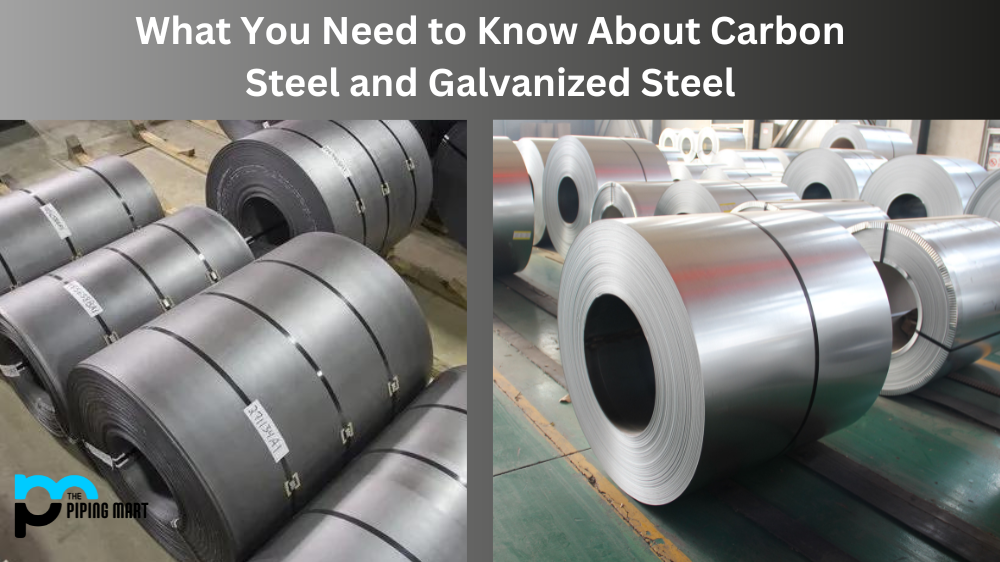Wrought iron is a versatile material that has been used for centuries in the building construction industry. It is strong, durable, and aesthetically pleasing, making it an ideal choice for many types of structures. In this blog post, we will explore the various uses of wrought iron in building construction, as well as its advantages over other materials.
Uses of Wrought Iron in Building Construction
Wrought iron is commonly used to construct gates and fences, staircases and railings, balconies, and window grills. It’s also widely used to add decorative touches to buildings such as cornices, columns, and finials. Because it’s incredibly strong yet lightweight, wrought iron can be used to create intricate designs that would not be possible with other materials. Its strength also makes it ideal for structural components such as beams or trusses. Additionally, it’s corrosion-resistant, which makes it a great choice for outdoor applications such as garden furniture or playground equipment.
Advantages of Wrought Iron Over Other Materials
One of the main advantages of using wrought iron is its strength and durability. Unlike wood or aluminum, wrought iron does not rot or corrode over time and can last for generations if properly maintained. It is also fire-resistant, making it a great choice for high-risk areas such as industrial buildings or apartment complexes where there may be a fire spreading from one unit to another. Furthermore, because wrought iron is so malleable, it can be bent into almost any shape without cracking or breaking like other materials might do when subjected to extreme temperatures or pressure changes. Finally, due to its natural beauty, wrought iron can add an aesthetic touch to any building project without needing additional decoration or paint finishes.
Conclusion:
In summary, wrought iron has a number of benefits that make it an ideal choice for many types of building projects, including gates and fences, staircases and railings, balconies and window grills, structural components such as beams or trusses, and more! Its strength and durability make it resistant to rot corrosion, while its malleability allows intricate designs that are impossible with most other materials. Finally, its natural beauty makes it perfect for adding aesthetic touches without needing additional decoration or paint finishes—allowing you to create stunning projects with minimal effort! This is why so many architects choose this material for their projects!

A passionate metal industry expert and blogger. With over 5 years of experience in the field, Palak brings a wealth of knowledge and insight to her writing. Whether discussing the latest trends in the metal industry or sharing tips, she is dedicated to helping others succeed in the metal industry.




